Filter by
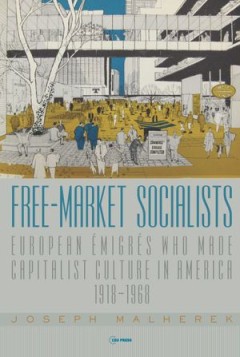
Free-Market Socialists : European Émigrés Who Made Capitalist Culture in Am…
The Hungarian artist-designer László Moholy-Nagy, the Austrian sociologist Paul Lazarsfeld, and his fellow Viennese Victor Gruen—an architect and urban planner—made careers in different fields. Yet they shared common socialist politics, Jewish backgrounds, and experience as refugees from the Nazis. This book tells the story of their intellectual migration from Central Europe to the United…
- Edition
- -
- ISBN/ISSN
- 9789633864487
- Collation
- -
- Series Title
- -
- Call Number
- -
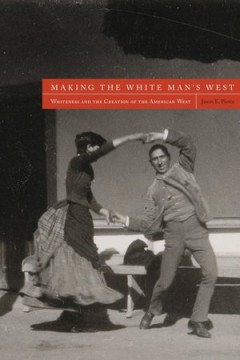
Making the White Man's West: Whiteness and the Creation of the American West
In the early nineteenth century, critics like Zebulon Pike and Washington Irving viewed the West as a "dumping ground" for free blacks and Native Americans, a place where they could be segregated from the white communities east of the Mississippi River. But as immigrant populations and industrialization took hold in the East, white Americans began to view the West as a "refuge for real whites."…
- Edition
- -
- ISBN/ISSN
- 9781607323952
- Collation
- -
- Series Title
- -
- Call Number
- 909 PIE m
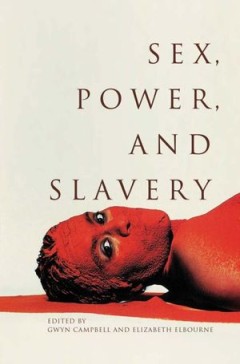
Sex, Power, and Slavery
Sexual exploitation was and is a critical feature of enslavement. Across many different societies, slaves were considered to own neither their bodies nor their children, even if many struggled to resist. At the same time, paradoxes abound: for example, in some societies to bear the children of a master was a potential route to manumission for some women. Sex, Power, and Slavery is the first his…
- Edition
- -
- ISBN/ISSN
- 9780821420966
- Collation
- -
- Series Title
- -
- Call Number
- 909 SEX s
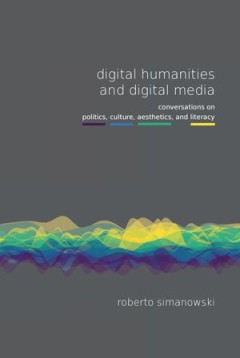
Digital Humanities and Digital Media Conversations On Politics, Culture, Aes…
There is no doubt that we live in exciting times: Ours is the age of many ‘silent revolutions’ triggered by startups and research labs of big IT companies; revolutions that quietly and profoundly alter the world we live in. Another ten or five years, and self-tracking will be as normal and inevitable as having a Facebook account or a mobile phone. Our bodies, hooked to wearable devices sitt…
- Edition
- -
- ISBN/ISSN
- 9781785420306
- Collation
- -
- Series Title
- -
- Call Number
- -
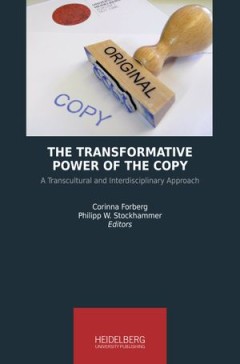
The Transformative Power of the Copy
This volume offers a fresh perspective on the copy and the practice of copying, two topics that, while the focus of much academic discussion in recent decades, have been underrepresented in the discourse on transculturality. Here, experts from a wide range of academic disciplines present their views on the copy from a transcultural perspective, seeking not to define the copy uniformly, but to r…
- Edition
- -
- ISBN/ISSN
- 9783946054146
- Collation
- -
- Series Title
- -
- Call Number
- -
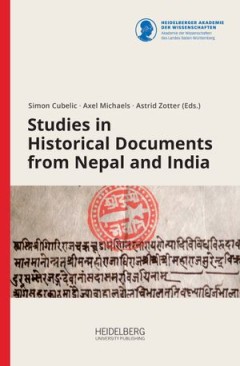
Studies in Historical Documents from Nepal and India
- Edition
- -
- ISBN/ISSN
- 9783946054719
- Collation
- -
- Series Title
- -
- Call Number
- -
- Edition
- -
- ISBN/ISSN
- 9783946054719
- Collation
- -
- Series Title
- -
- Call Number
- -
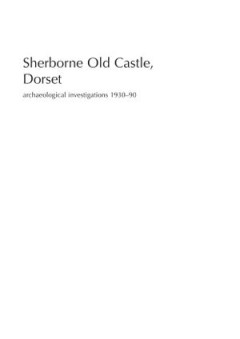
Sherborne Old Castle, Dorset Archaeological investigations 1930–90
Sherborne Old Castle was built in Dorset in about 1122–35. The fortified palace was one of several major building projects undertaken by Roger, Bishop of Salisbury. Although Sherborne Old Castle was altered over the next four centuries, most of its original structural elements were retained until the buildings were slighted during the English Civil War. This report describes and analyses the …
- Edition
- -
- ISBN/ISSN
- 9780854312993
- Collation
- -
- Series Title
- -
- Call Number
- -
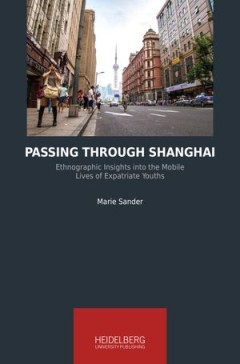
Passing Through Shanghai Ethnographic insights into The Mobile Lives of Expa…
Passing Through Shanghai examines how children experience international mobility. Focusing on a specific yet diverse group of expatriate youths in contemporary Shanghai, the book investigates how children negotiate cultural identity when they are subject to the highly mobile and often privileged lifestyle associated with their parent’s international careers. The ethnographic fieldwork that in…
- Edition
- -
- ISBN/ISSN
- 9783946054030
- Collation
- -
- Series Title
- -
- Call Number
- -

Glastonbury Abbey Archaeological investigations 1904–79
This is a comprehensive study of the archaeological archives and artefact collections of Glastonbury Abbey, together with a new geophysical survey of the site. It analyses thirty-six seasons of archaeological excavation directed by such iconic figures as Sir William St John Hope, Sir Charles Peers, Sir Alfred Clapham and Dr Courtenay Arthur Ralegh Radford, and reveals new insights into the abbe…
- Edition
- -
- ISBN/ISSN
- 9780854313006
- Collation
- -
- Series Title
- -
- Call Number
- -
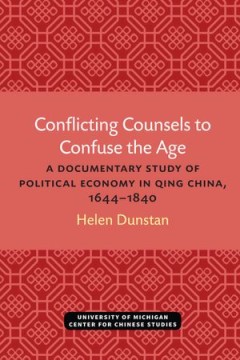
Conflicting Counsels to Confuse the Age; A Documentary Study of Political Eco…
Conflicting Counsels to Confuse the Age translates and analyzes thirty-eight memorials to the throne and other Qing documents dealing with important issues of Chinese political economy,
- Edition
- -
- ISBN/ISSN
- 9780472901463
- Collation
- -
- Series Title
- -
- Call Number
- 931 DUN c
 Computer Science, Information & General Works
Computer Science, Information & General Works  Philosophy & Psychology
Philosophy & Psychology  Religion
Religion  Social Sciences
Social Sciences  Language
Language  Pure Science
Pure Science  Applied Sciences
Applied Sciences  Art & Recreation
Art & Recreation  Literature
Literature  History & Geography
History & Geography